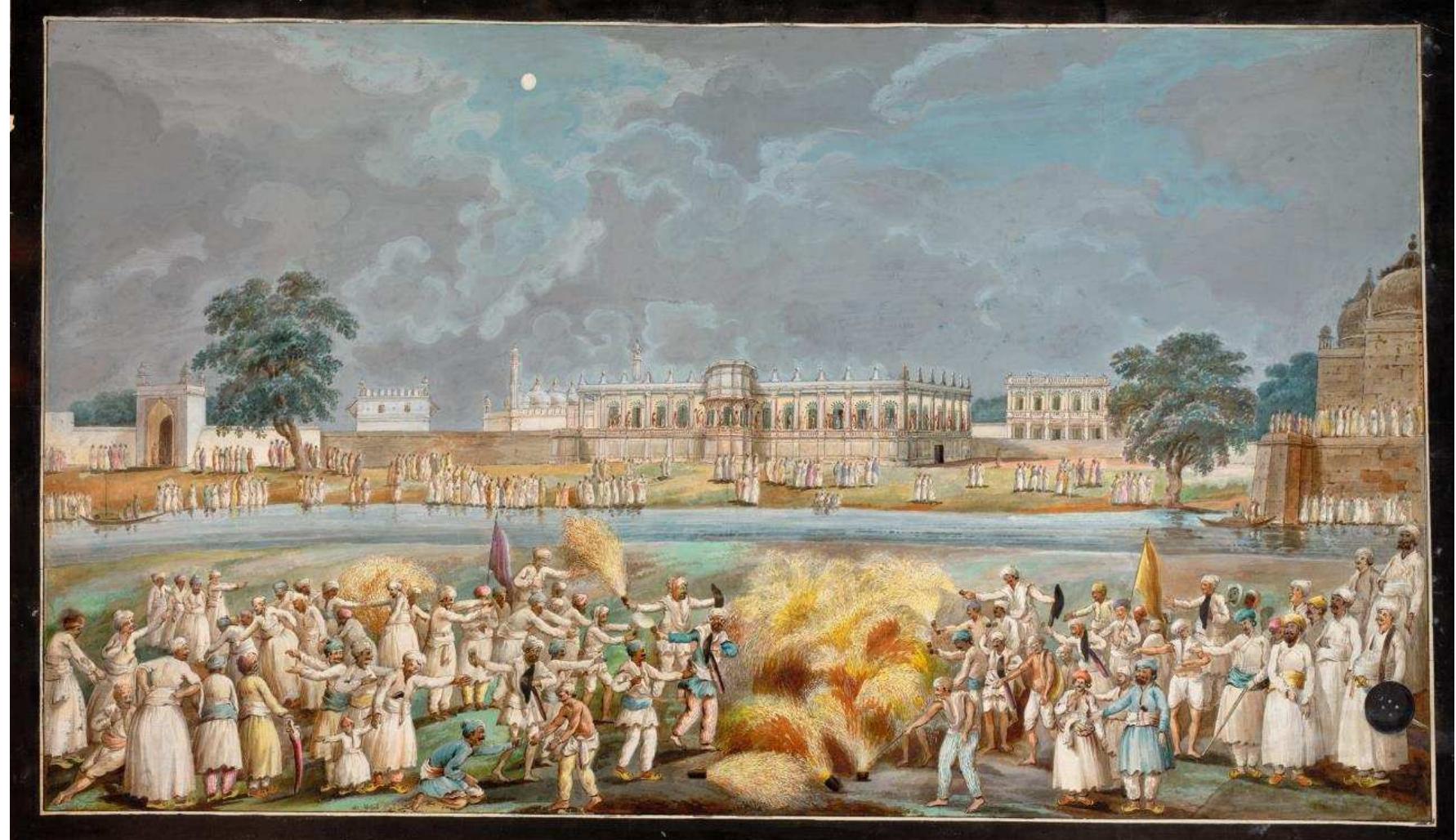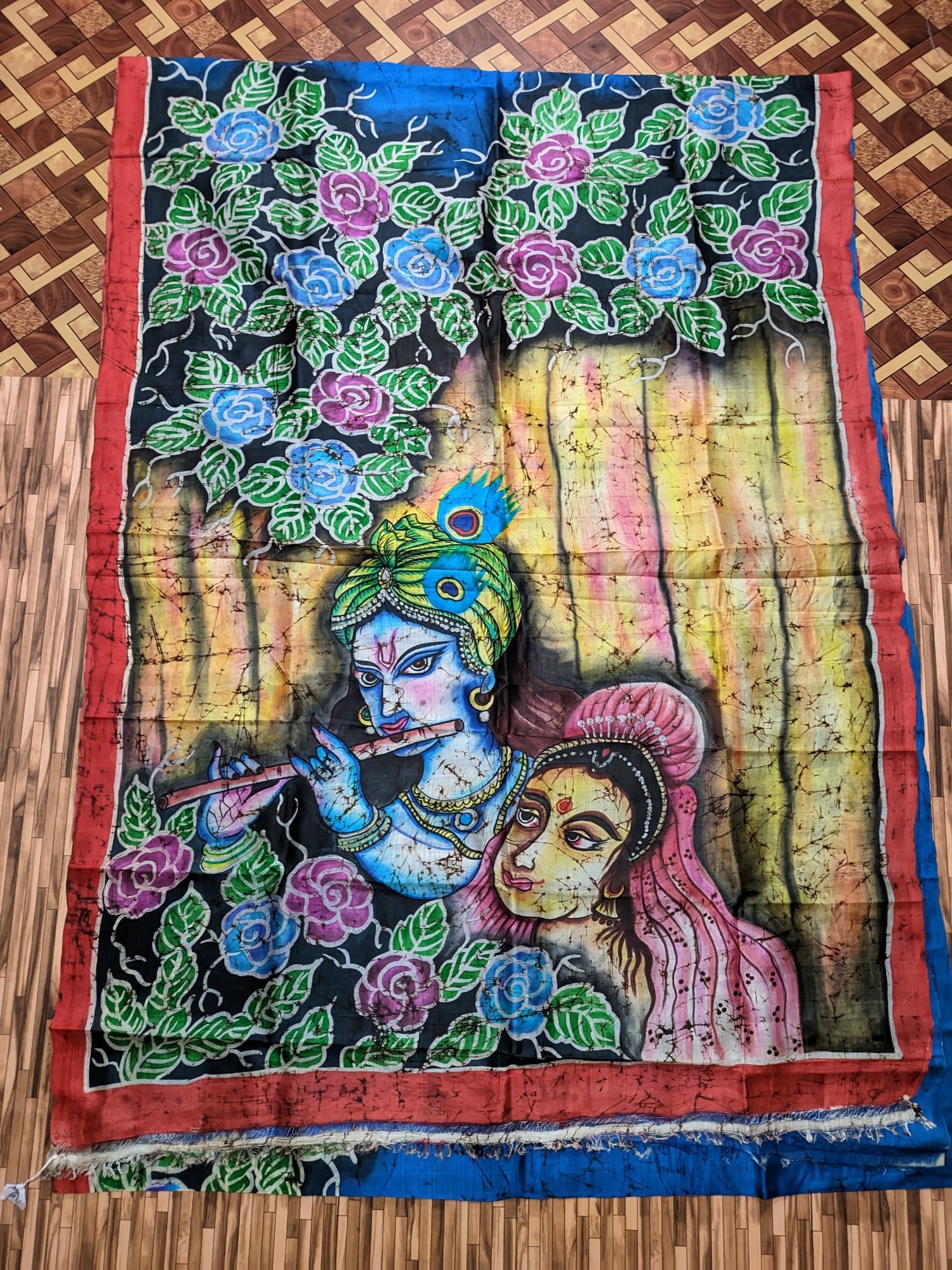
Menu

Murshidabad, a former capital of Bengal in the 18th century, is renowned not only for its royal history but also for its stunning frescoes—wall paintings that beautifully blend architectural design with artistic storytelling. These frescoes, found in palaces, havelis, and even some religious buildings, represent a unique confluence of Persian, Mughal, and Bengali aesthetics.
Unlike the miniature paintings that were confined to paper or scrolls, Murshidabad’s frescoes were large-scale expressions painted directly onto the walls and ceilings of grand structures. These works often mirrored the architectural grandeur of the buildings they adorned—especially palaces like Hazarduari, Katra Mosque, and Nizamat Imambara.
Frescoes were strategically placed in:
These murals were often inspired by the architectural elements they surrounded, featuring:
In some palaces, the frescoes mimicked marble inlay work, with painted panels imitating carved jalis (latticed screens) and floral pietra dura work.
Murshidabad artists used a mix of lime plaster, natural pigments, and brushwork to create lasting visuals. The fresco technique involved applying pigment onto freshly laid plaster so that the color would set into the surface, making it durable. Many frescoes also used tempera painting techniques, where colors were mixed with natural binders like gum or egg white for detailing.
As Murshidabad came under British influence in the later 18th century, some frescoes began to incorporate European neoclassical motifs, such as Corinthian columns, Victorian garlands, and cherubs. This created a fascinating Indo-European hybrid visual style, particularly in buildings like the Hazarduari Palace, which was designed by an English architect but featured Indian fresco traditions.
Unfortunately, many of these frescoes are at risk due to neglect, humidity, and lack of conservation efforts. However, conservation projects by heritage organizations and academic institutions are underway to document and restore what remains.
Today, the architecture-inspired frescoes of Murshidabad stand as silent yet vibrant testaments to a time when walls were not just barriers, but canvases of cultural grandeur.



